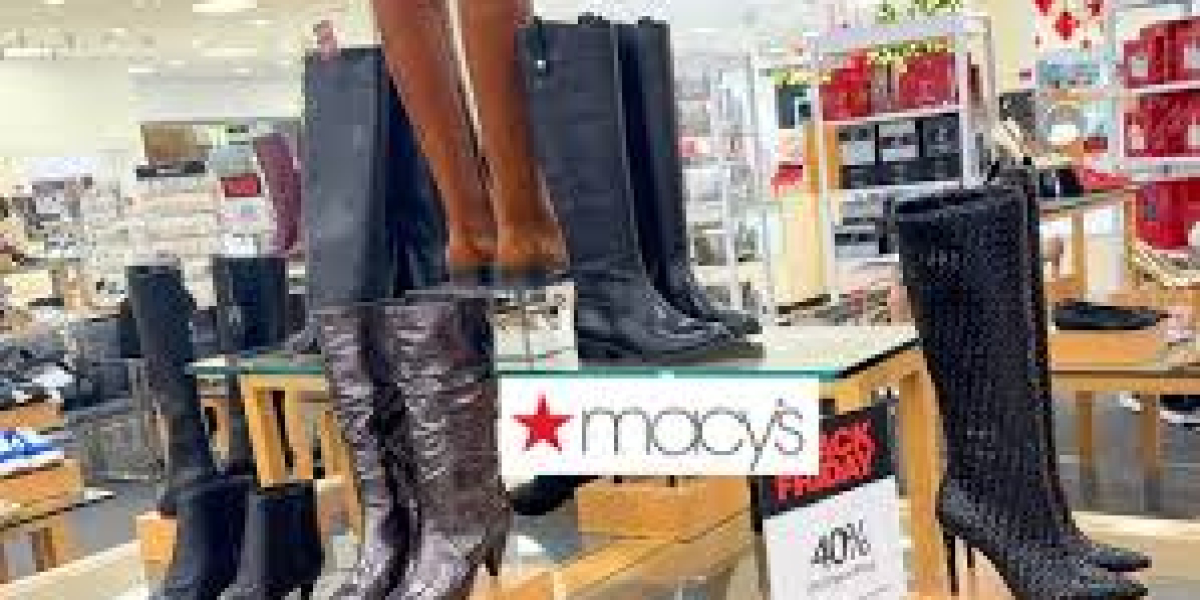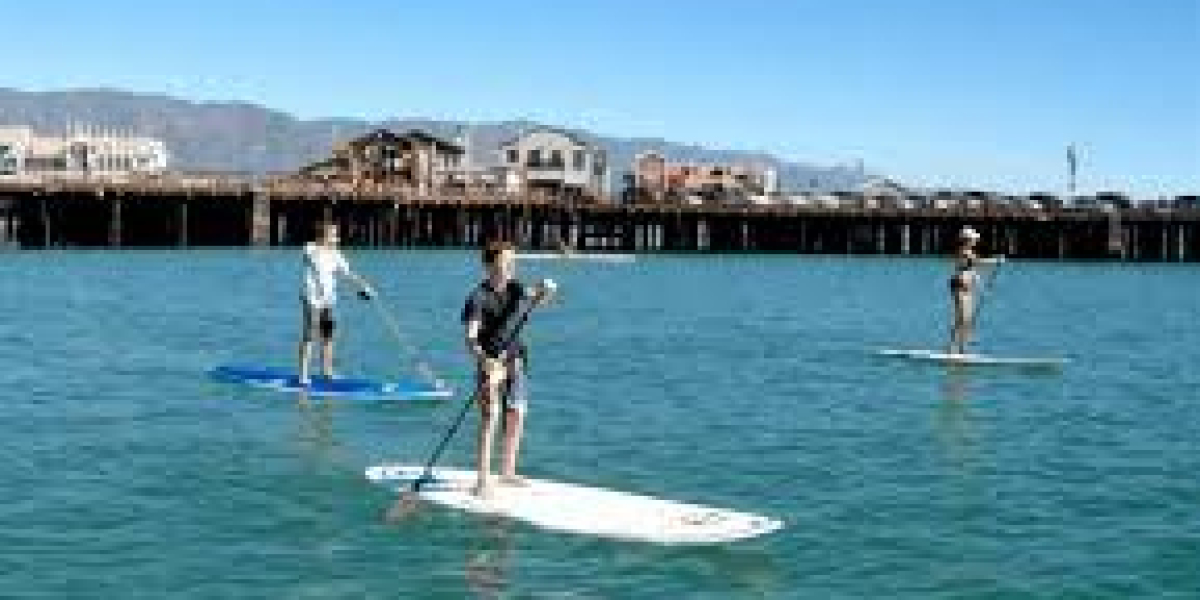Introduction: The Strange Power of a Simple Page
Let’s be honest—there’s something oddly satisfying about clicking that "Shop All Women’s Footwear" button. You know it’s going to be a rabbit hole. You’re signing up to scroll through hundreds of shoes you didn’t know you needed. But here’s the thing: it feels good. Relaxing, even. Like a retail therapy session without the pressure to commit.
Why do these pages work so well? Why do we keep coming back? The answer lies in psychology. Smart design. Subtle manipulation. And yes, a bit of dopamine.
This article dives deep into the psychological triggers at play and how brands build these pages to hook you—and keep you coming back.
1. The Illusion of Infinite Choice
The Paradox of Choice
Psychologist Barry Schwartz coined the term "the paradox of choice." The idea is simple: too many options can overwhelm us. But here’s where it gets interesting—"Shop All" pages exploit this paradox just right. They feel endless, but they’re neatly categorized. You’re overwhelmed, sure, but in a controlled environment. That balance tricks your brain into thinking you’re in control.
The Promise of the Perfect Find
That never-ending scroll? It signals that somewhere in the pile, the perfect shoe exists. You just have to keep looking. That’s the psychological hook. It’s a digital treasure hunt.
2. Dopamine: The Brain's Shopping Drug
Variable Reward Systems
The unpredictability of what comes next keeps users engaged. It’s the same mechanism used in slot machines and social media. You scroll, hoping the next shoe will be the one. When you spot something close? Dopamine hit. Keep scrolling.
Visual Triggers
Footwear pages are designed for aesthetic impact. Bright lighting, high-res images, consistent angles. It doesn’t just show the product—it creates an emotional cue. You start picturing yourself in those heels or those sneakers. The brain reacts emotionally before it thinks rationally.
3. Cognitive Ease and Smooth UX
Simple Navigation
When everything works smoothly, your brain doesn’t have to work hard. Easy filters, clean design, visible price tags—these reduce "cognitive load." It feels effortless, and that illusion of ease keeps you engaged longer.
Infinite Scroll vs Pagination
Most ‘Shop All’ pages now use infinite scroll. Why? Because asking someone to click "next page" creates friction. Infinite scroll mimics the feed-style content we consume on social media. It’s addictive.
4. Identity and Aspiration
Projecting Self-Image
Footwear is personal. What you wear on your feet says something about you—your lifestyle, your taste, your confidence. Browsing shoes taps into identity formation. Subconsciously, you’re asking, "Who do I want to be today?"
The Aspiration Effect
When brands show shoes styled with entire outfits or featured on influencers, they aren’t just selling shoes. They’re selling a lifestyle. You’re not buying a product. You’re buying into a version of yourself you admire.
5. Fear of Missing Out (FOMO)
Urgency Triggers
Those little red banners? "Only 2 left!" "Selling fast!" They're no accident. They're timed to make you feel urgency even if you're just browsing. The psychology is simple: scarcity increases perceived value.
Social Proof
Reviews, ratings, and best-seller tags nudge you toward decisions. When you see that 400 other people bought the same boots, your brain interprets that as safety and quality.
6. Ritual and Reward
Retail Therapy Is Real
There’s science behind the idea of shopping as a mood booster. It gives a sense of control and accomplishment. Clicking through rows of shoes gives small, consistent hits of pleasure—even if you never buy.
Completion Bias
You know that feeling when you almost finish something? Humans love closure. On a footwear page, we get that same buzz every time we reach the end of a category or finish applying filters. It’s the illusion of finishing something, and it feels good.
7. The Aesthetics of Obsession
Visual Merchandising 2.0
Modern footwear pages don’t just dump images—they curate them. Consistency in color palette, product spacing, and white space calms the brain and invites exploration.
Mobile-First Obsession
Most users browse on their phones. These pages are designed for thumbs, not clicks. Seamless, clean, tappable—because if it’s not instant, we bounce.
8. Control Disguised as Chaos
Filters, Sorting, and Autonomy
Yes, you're on a massive page with hundreds of shoes. But filters give you the illusion of control. You can sort by price, style, size. That autonomy keeps you hooked, because it feels like you are shaping the experience.
The Comfort of Familiar Layouts
Every brand seems to follow the same structure: grid layout, left-side filters, product hover zoom. This uniformity isn’t laziness—it’s intentional. Your brain loves predictability. Familiarity lowers resistance.
9. Community and Belonging
Everyone’s Doing It
There’s comfort in the herd. You’re not alone on this page. You’re part of a massive group of people browsing, scrolling, wishlisting, buying. It creates a sense of community—a shared experience without interaction.
Sharing and Social Integration
Most pages have quick-share buttons. That’s not for convenience. It’s strategic. Sharing adds social currency: "Look what I found." It's validation, not just for you, but for the brand too.
10. Instant Gratification and the Add-to-Cart Effect
One-Click Satisfaction
Add-to-cart is engineered to be fast and frictionless. That tiny animation or sound cue? It's a micro-reward. Your brain logs it as progress, even if you don’t check out.
Wishlist Psychology
The wishlist isn't just a holding zone. It’s a form of delayed gratification. You get the reward of curating without the guilt of buying. For brands, that’s gold: emotional investment without logistical commitment.
Conclusion: Why We Keep Coming Back
The next time you land on a ‘Shop All Women’s Footwear’ page, pay attention. The colors. The layout. The way you feel. None of it is accidental.
These pages are engineered for emotional resonance. They're built to trigger curiosity, identity, pleasure, and control—all in one sitting. And because they work so well, we don’t just tolerate them. We seek them out.
So no, you’re not alone. You’re not weak. You’re human. And smart brands know exactly how to design for that.

















